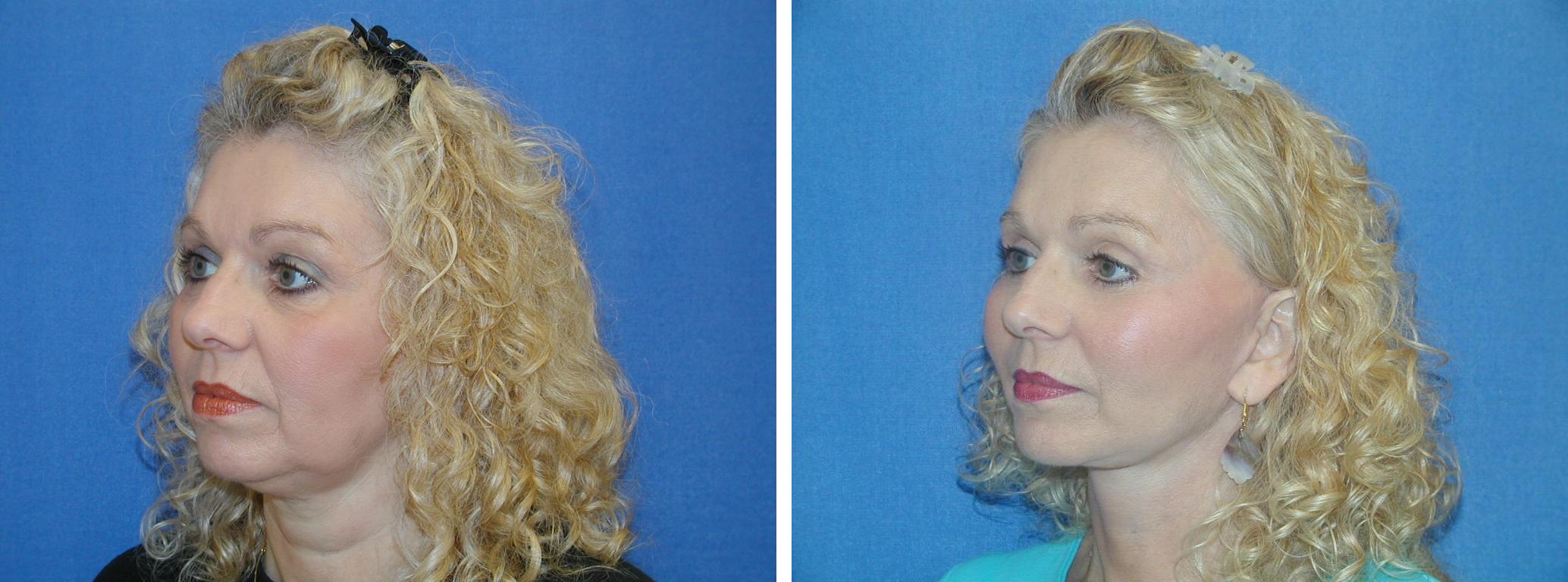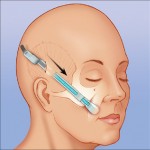
Considering a facelift but wondering if it will help out those sagging cheeks? Dr. Robert W. Burk of Jacksonville, Florida discusses the mid-facelift procedure and the wonderful results found with cutting edge technology.
By Robert W. Burk, MD
and Adam McMillon
ThePlasticSurgeryChannel.com
The Mid-Facelift Procedure
All areas of the face can equally descend through gravity’s constant pull over time, with some areas affected more strongly than others. While the standard facelift has produced great results for failing brow and lateral cheek areas, the mid-face region was often overlooked or discounted, with methods deemed too ineffective to always consider a procedure. Patients whose nasal labial folds would make even Mel Gibson do a double take now have a great option at rejuvenation. “A typical facelift involves lifting the brow and lateral cheek areas back to where they were when the patient was younger,” says Dr. Burk. “A major problem region that normally doesn’t get as much attention is the mid-face region, where significant lowering can occur over time. This can cause heavy cheeks and a strong nasal labial fold, or the lines often seen between the upper lip and nose that look like parenthesis.” A standard facelift usually does not deal with the mid-face, as previous methods involving stitches were not entirely effective. Now, plastic surgeons like Dr. Burk are utilizing the Endotine device to expertly reattach cheek tissues back to the bone, reversing decades of decline.
The Time Destroying Endotine Device
“The mid-face lift is an elegant procedure where we make use of the incisions made for a brow lift or blepharoplasty to create a tunnel 
What will my face look like in 10 years?
The mid-facelift with the Endotine device has a near miraculous result, considering that after 8-10 years of sustained cheek tissue, the face will age like it did before the procedure. “The procedure is great in that it simply eliminates all of the years on your face,” says Burk. “The procedure will give you 8-10 good years of elevated cheeks, then your face will being to fall like it did before. It is basically as if your face stops aging for a decade, then begins to age in your later years instead of your mid years.” Coupled with a normal facelift, the mid-face lift is a great mechanism to gain back lost youthful features. “Not all faces are the same, some people don’t age very much, and others age in specific areas,” says Burk. “For those who have lost their cheeks and have fold lines around their inner cheeks, the mid-face lift is a great thing to add in order to have a more harmonious rejuvenation.”















Facebook
Twitter
Instagram
YouTube
RSS